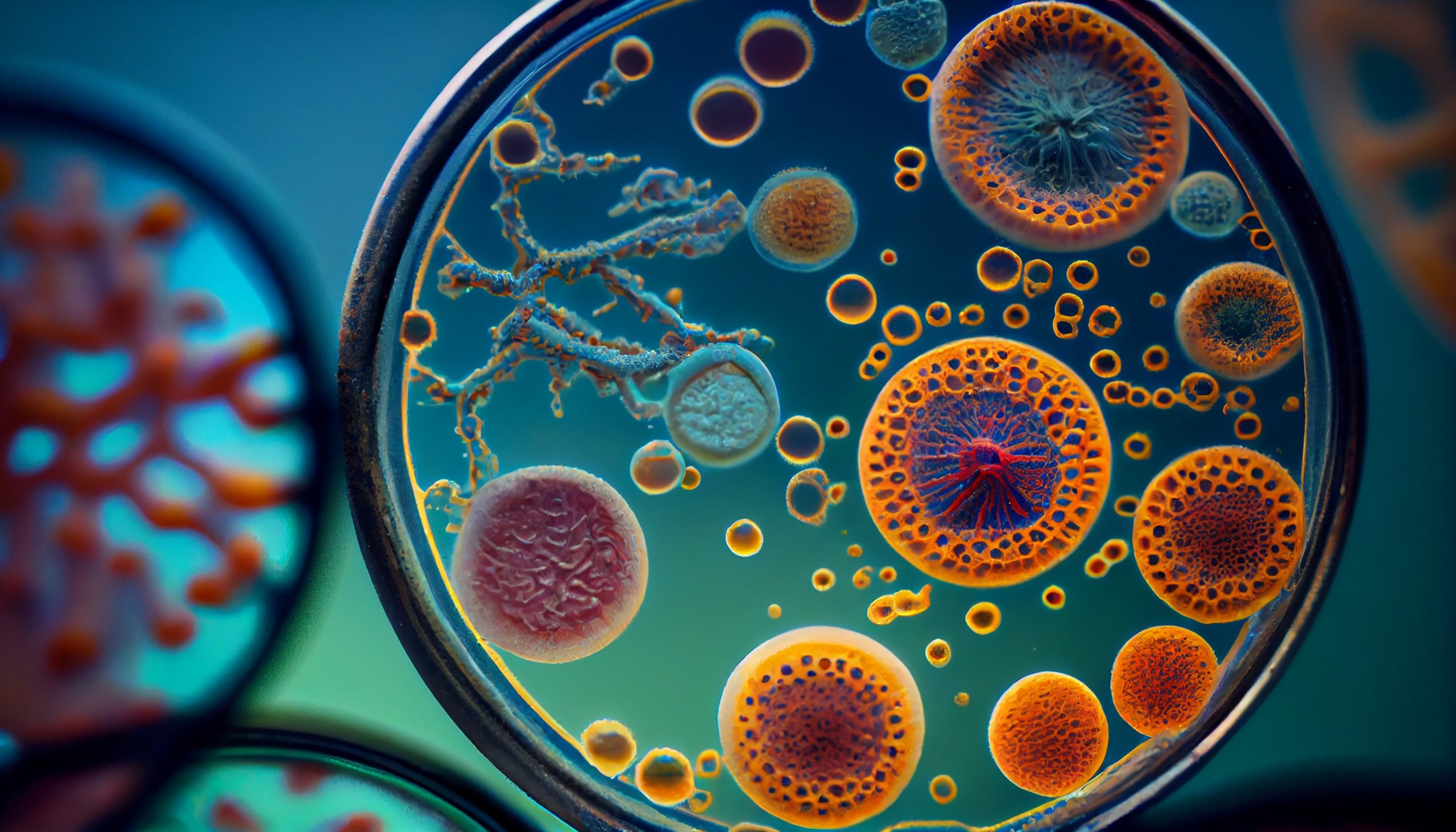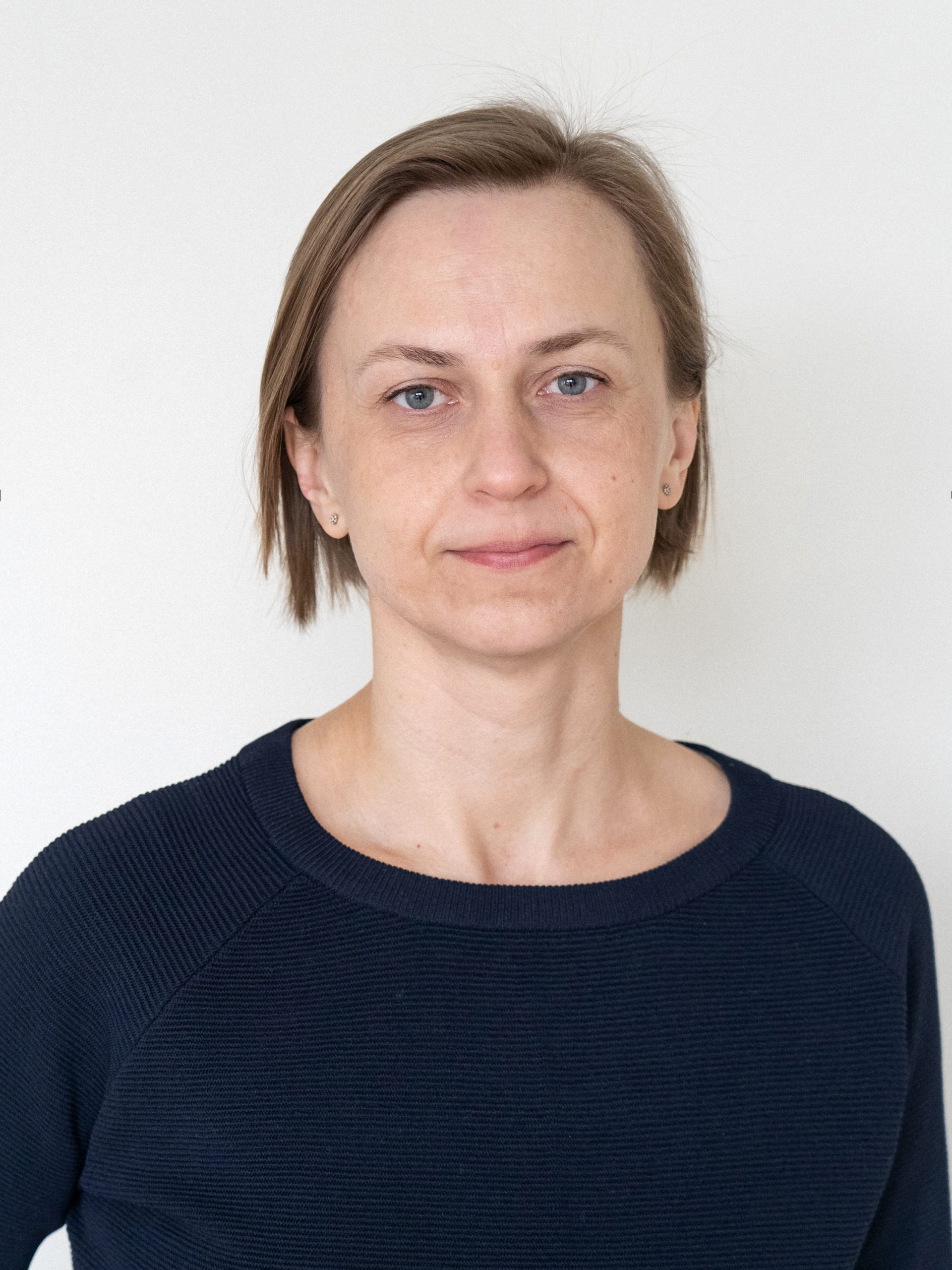Dr. Aušra Sasnauskienė: What Happens in Our Cells during Cancer or Rare Genetic Diseases

All people are different, so even people with the same genetic disorders may or may not develop the disease. The same medication can affect two people differently. Dr. Aušra Sasnauskienėis trying to find out what then happens at the level of cells: “A cell is the smallest unit of life. By studying it, we also learn about life.”
A researcher at the Life Sciences Center of Vilnius University (VU) studies changes in cells that can cause them to become resistant to anti-cancer drugs. She also investigates what happens in cells that have mutations in their genes that cause rare genetic diseases. We talked with Dr. A. Sasnauskienė about her ongoing research and its future.
You conduct a lot of research on cancer. How did you choose such a field?
My academic interest is not so much cancer as the cell. To be more precise, the molecular biology of the cell. This is the science that explains how the cell functions, and what processes take place in it. I was interested in this topic when I was still at school. Studying biochemistry hasn’t stopped my interest in this topic.
The cell is the smallest unit of life. By studying it, we also learn about life. Of course, not everything, but we can learn a lot.
What happens in our cells to cause cancer?
I am generally interested in how the cell’s functions change, how it “goes” in one direction or another, how the cell adapts both to the conditions changed and to the effects of medicines, or even genetic changes.
So far, the main hypothesis for why a cell changes its function and becomes cancerous is that it accumulates genetic mutations. Then the cell, first of all, begins to divide uncontrollably, and once the process has progressed further, it begins to spread to other tissues, i.e. the metastasizing process is taking place.
Does this accumulation of mutations occur due to genetic predisposition or due to our lifestyle and environment?
Yes, both genetic predisposition and harmful, toxic environmental effects can play a role. It is possible that the cell that “switched” and became cancerous had a genetic predisposition to do so. But harmful environmental effects are also an important component, they can also cause mutations.
Our body is a specific self-regulating system. If the body is functioning properly, the immune system should recognize a change that is harmful to the body and destroy it. Most of the time, this is what happens. Diseases like cancer occur when the immune system’s control is compromised and it no longer notices the change.
Why is cancer so difficult to cure?
When mutations accumulate in a cell, it begins to divide rapidly and uncontrollably, and genetic instability may occur. Consequently, cells begin to change genetically faster. At the beginning, in the middle and at the end of cancer, the situation can be completely different, because the cells that make up the cancer change as the disease progresses. It is this ability to change that gives rise to a large variety of cancer cells. This is one of the reasons why different treatments are needed.
There are many researchers around the world working on this topic, and there has certainly been a lot of progress - many signs of cancer have been found. And for every hallmark, as soon as it is discovered, a therapeutic solution is being sought.
Each of us has about 30 trillion cells, which are also truly different. How do you choose which cells to use in your studies?
A very good question. In fact, cells are different: we know of at least 200 different types of human cells, each with its own function. If it’s a cancer research project, we study cancer cells that we get from a person. We do some research in cell lines, and we also have a project where we isolate cells from post-operative samples in the lab ourselves. That is, with the consent of the patients, after they undergo surgery, we can extract cancer cells from the cancerous tumour.

One of your current areas of research is resistance to anti-cancer drugs. What accounts for that resilience?
We evaluate which molecular processes of the cell ensure that it becomes resistant to the anti-cancer effects of drugs. We are investigating how the transmission of signals changes, which signals lead to the fact that the cell becomes resistant. One of our areas of research is autophagy, the process by which a cell breaks down its own parts in order to adapt to changing conditions. And this is one of the ways in which it acquires resistance to anti-cancer drugs.
There are various signal transduction pathways in the cell, one of which is called Notch signal, and its significance in cancer cell survival and drug response is being investigated.
Imagine a relay race of molecules passing a message to each other. For a change to occur in the cell, this relay must be triggered. If it is activated, something happens in the cell, it changes its functions - it may start dividing, it may die, it may start producing something more actively etc. Everything the cell does is controlled by signals. And there are many relay pathways, and they also interact with each other.
We study two types of cancer cells in our laboratory: colorectal (colon) and endometrial (lining of the uterus).
What did you learn from your research?
We found out what is the significance of the Notch signal transmission pathway in endometrial cancer, what changes occur. We also analysed tumours and compared them with non-cancerous tissues. This project has a continuation: we continue to search at the cellular level for signal transmission pathways, as there are also various Notch receptors. We want to learn what the targets of the different receptors are, what changes they cause in the cell.
In colorectal cancer, we are investigating what happens when cells become resistant to commonly used chemotherapy drugs. What processes are activated in the cell that allow the cell to become more resistant. Knowledge of those processes would allow therapies to be made more effective in the future.
Your group has conducted research in the project “Self-assembling phage proteins for targeted nanomedicine”. How can nanomedicine help in cancer treatment?
The goal was to evaluate how nanoparticles enter cancer cells, more precisely, whether cancer cells internalize them. The nanoparticles were composed of proteins that make up the tail of the bacteriophage. Bacteriophages are viruses that attack bacteria. We wanted to assess whether cancer cells internalize those nanotubes. We saw that cancer cells accumulate nanotubes. Nanotubes can be carriers of drugs or biologically active substances.
So, once the drugs are “inserted” into that tube, they would already be acting specifically on the cancer cells, with great precision?
Yes, this could be the way forward on this topic, and yes, it could become an extremely accurate method in the future.
Another area of your research is research into rare genetic diseases. You are also currently running a project ATGC, S-MIP-21-15. What diseases do you research?
Rare genetic diseases are those with a population frequency of 5 in 10,000 (or less). We work together with the Medical Genetics Center of Santaros klinikos, Prof. Eglė Preikšaitienė’s group. Disease manifestations are very diverse – it’s not like we only study heart disease, for example. Our goal is to describe how a gene change manifests itself in a cell: how a cell, having a change in a very important gene, is able to adapt and survive, and what makes it different from the cells without that change.
In this case, it is also very important for us to get the patient’s cells. And there are not very many sources. We conduct our research with primary skin fibroblasts. A skin biopsy is taken from a person with a rare genetic disease, and fibroblasts are grown from that tissue. Of course, in order to be able to compare the results, we always have control persons nearby, people who do not have such disorders.
We are conducting a study looking at the gene encoding one of the cell’s motor proteins, which is a transporter within the cell. It determines the internal order of the cell and the location in the cell of the parts of the cell performing a specific function, organelles.
When we got cells with a change in that gene, we thought that it would just change the arrangement of the organelles, because normally the organelles have a specific location within the cell.
What we saw and were very surprised was that the order in the cell had not changed. It was very strange - why? After all, that person has a genetic disorder. Therefore, we searched for proteins that may have a similar function to the altered motor protein. Fortunately, there were not that many of these proteins. We have learned that if one protein is disrupted, the level of other protein with a similar function is increased.
However, those proteins cannot fully perform the functions of the altered motor protein, so cells function differently than those without that gene change. This was an unexpected discovery for us. We are going to publish these results in an article in the near future.
As a researcher, what breakthrough in your field are you most looking forward to? Which would really help you learn even more about cells.
I think it’s very important to reproduce the tissue in 3D structure. In this direction, the world is already working, the development of different tissue models is underway. So far, those models do not fully correspond to the real tissue.
When we know how to recreate real tissue, as it exists in reality, we will have a major breakthrough. Treatment could then be tailored to a person’s specific situation. Humans are also very diverse at the molecular level.
If we go back to rare genetic diseases or even cancer, it is possible for two people to have a dangerous change in the same gene, but it is possible that one person will develop the disease and the other will not because their compensatory mechanisms are working well. We are so different that with the same gene changes we have different outcomes. Even the same medicine works differently for different people.
Now a lot of research is done on mice, but they don’t match the human body. Therefore, I think we will have a breakthrough when 3D human tissue models are created that correspond to the human body, when very accurate therapies can be applied.